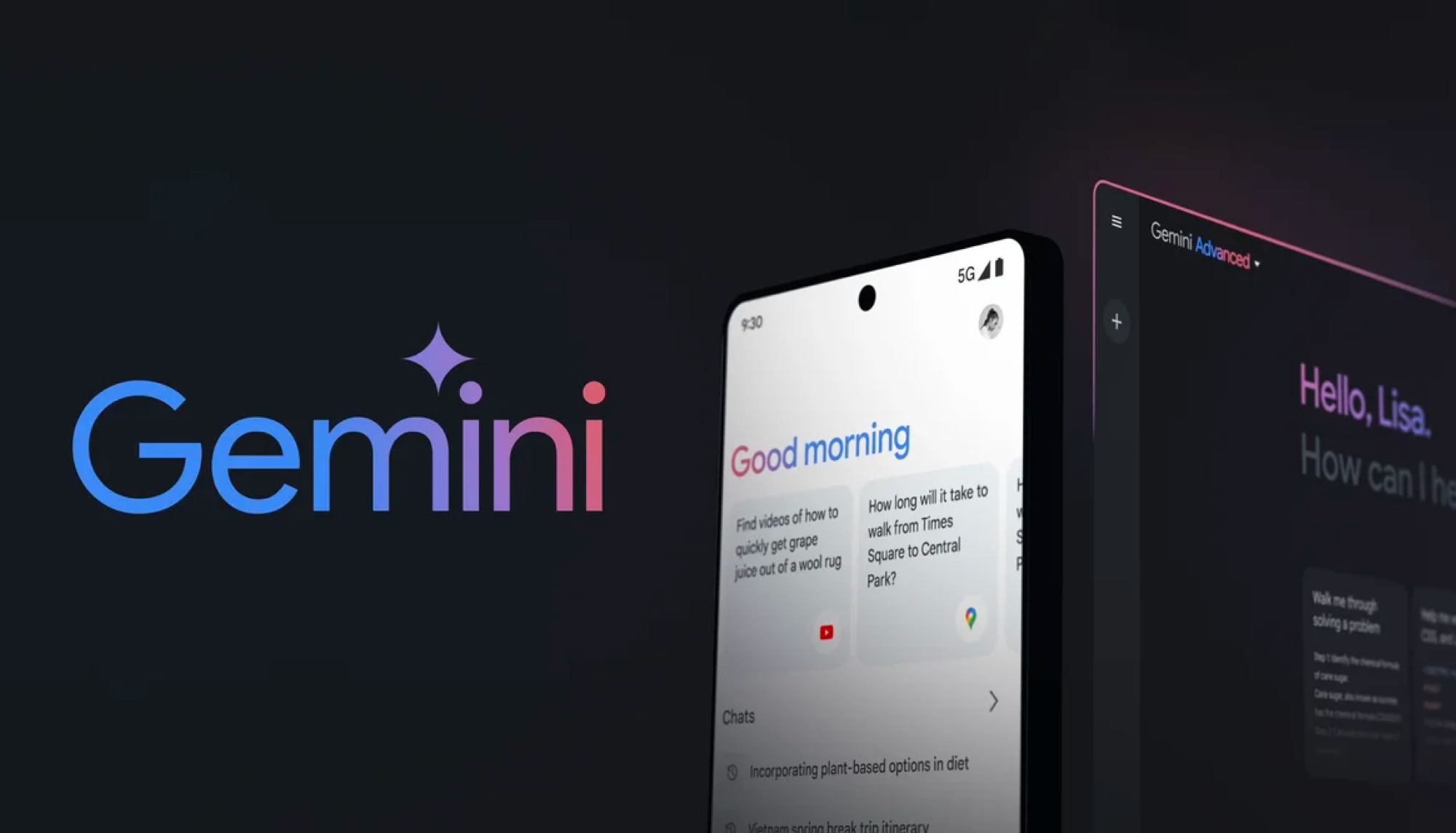iPhone 6 Case Gets Battery Power from Thin Air
A fully charged phone from thin air? That's the reality Nikola Labs hopes to usher in with its new iPhone 6 case.

We've all experienced the horror of a dying smartphone at the worst possible moment, but a new case from Nikola Labs is designed to prevent this scenario. The new iPhone 6 case, revealed at TechCrunch Disrupt, can harvest energy from radio frequencies (RF) — such as Wi-Fi, Bluetooth and LTE — and turn it into DC power.
Don't be fooled. It's not an extra battery. Instead, the Nikola Labs case takes the 90 percent wasted energy your smartphone loses from pumping out a wireless signal and converts it back so the phone can use it for power. Nikola Labs claims the case can power the iPhone 6 30 percent longer using this technique.
MORE: These Battery Breakthroughs Will Change Your Life
Some of the other features listed on Nikola Labs' website include an extra layer of protection, an RF-harvesting antenna, a signal-strength indicator and an RF-DC converter.
The company is partnering with Ohio State University and hopes to bring the product to market within a year. The case will soon launch on Kickstarter for $99. The prospect of getting extra battery power from thin air sounds a bit too good to be true, so we're eager to see how the case holds up once it enters the wild.
Valentina Palladino is a senior writer for Tom's Guide. Follow her at @valentinalucia. Follow Tom's Guide at @tomsguide and on Facebook.
Sign up to get the BEST of Tom's Guide direct to your inbox.
Get instant access to breaking news, the hottest reviews, great deals and helpful tips.
Valentina is Commerce Editor at Engadget and has covered consumer electronics for a number of publications including Tom's Guide, Wired, Laptop Mag and Ars Technica, with a particular focus on wearables, PCs and other mobile tech.
-
rrcaseyr Problem: it's for an iPhone. But interesting concept, hope to see it come to Android devices soon.Reply -
hpram99 That's not how this works. RF harvesting has been announced and debunked in the past. The 20dBm (100mW) your AP transmits is down to -20dB (0.01mW) by the time it reaches your device 10 feet away. So stray airwaves are out of the question.Reply
Now we're going to break the energy saving technology in a phone, which transmits only the minimum power level needed to reach a cell station, and *absorb* that energy. Your device will now transmit at higher levels to deal with the shielding. -
leo2kp ReplyThat's not how this works. RF harvesting has been announced and debunked in the past. The 20dBm (100mW) your AP transmits is down to -20dB (0.01mW) by the time it reaches your device 10 feet away. So stray airwaves are out of the question.
Now we're going to break the energy saving technology in a phone, which transmits only the minimum power level needed to reach a cell station, and *absorb* that energy. Your device will now transmit at higher levels to deal with the shielding.
I was thinking the same thing. Doesn't absorbing RF mean less signal overall for communication, and thus more power usage? I guess we'll see...
-
ammaross ReplyNikola Labs claims the case can power the iPhone 6 30 percent longer using this technique.
What they don't tell you is that to get even close to that "30%" the phone has to stay in sleep mode the whole time. :)
This case would likely cause weaker signal strength and likely gets near zero power from stray radio waves (only effectively harnessing radio frequencies from the phone itself). -
blarto The stupid part is harvesting your own wifi energy. Turn your wifi off for energy savings duhReply -
aldaia The only wasted energy in a phone (or any computing device for that matter) is heat. The day they invent a case that can convert heat back to electricity I would consider it as serious possibility. Anything else lies closer to the scam/hoax realm.Reply -
Fabrice Lamidey http://hackaday.com/2015/05/05/techcrunch-disrupt-charging-a-phone-with-its-own-transmitter/Reply

